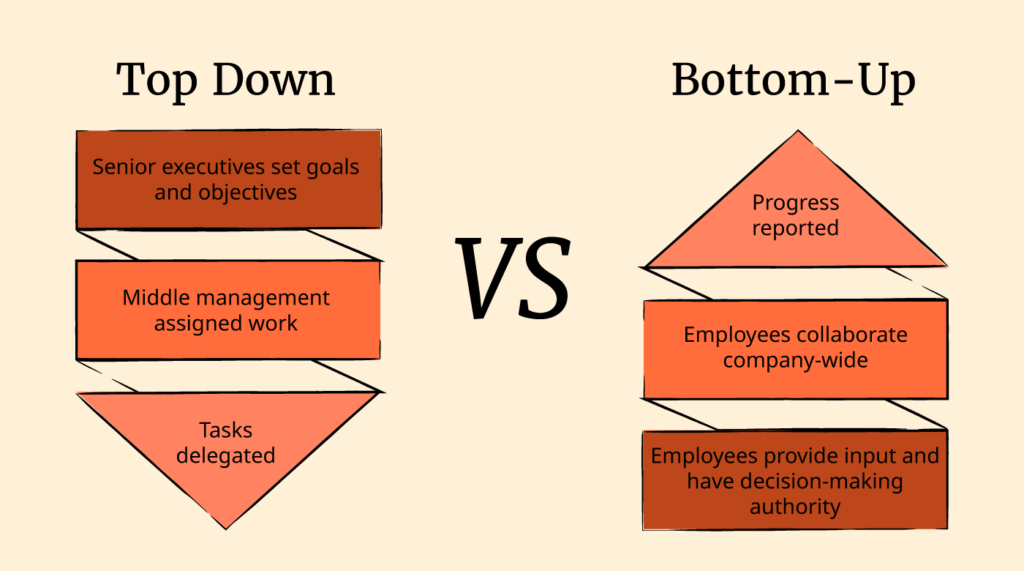
Charting the Course: Leadership Changes in Top Companies
In the dynamic world of business, leadership changes in top companies are seismic events that send ripples across industries. Let’s embark on a journey to understand the significance of these shifts, exploring how new leaders navigate challenges, redefine strategies, and shape the future trajectories of these corporate giants.
The Catalyst for Change: Unveiling New Leadership
Leadership changes act as a catalyst for change, ushering in a new era for top companies. The announcement of a new CEO or key executive signals a shift in vision, strategy, and organizational culture. Stakeholders, from employees to investors, eagerly await the unveiling of the new leadership that will chart the course forward.
Strategic Visionaries: Shaping Corporate Strategies
New leaders bring fresh perspectives and strategic visions to the table. Whether it’s a focus on innovation, expansion into new markets, or a renewed commitment to sustainability, leadership changes redefine the strategic priorities of top companies. The decisions made by these visionaries have far-reaching implications for the organization and its competitive positioning.
Navigating Challenges: Adapting to the Business Landscape
Leadership changes often occur in response to challenges or opportunities in the business landscape. A new leader must navigate through complexities, adapting to market dynamics, technological shifts, and global uncertainties. How these leaders steer their companies through challenges speaks volumes about their resilience and strategic acumen.
Cultural Architects: Influencing Organizational Culture
Leadership changes are not just about the individuals at the helm; they are about reshaping organizational culture. New leaders become cultural architects, influencing values, communication norms, and the overall work environment. This cultural shift can rejuvenate employee morale, foster innovation, and create a sense of purpose within the company.
Investor Confidence: Impact on Financial Markets
Leadership changes are closely monitored by investors, and their reactions can sway financial markets. The appointment of a charismatic or seasoned leader may boost investor confidence, leading to an uptick in stock prices. Conversely, uncertainty or skepticism about the new leadership’s capabilities can create market fluctuations.
Succession Planning: Ensuring Smooth Transitions
Effective leadership changes are a result of meticulous succession planning. Top companies that prioritize grooming internal talent and identifying potential leaders ensure smoother transitions. Succession planning minimizes disruptions and provides a sense of stability during the handover of leadership responsibilities.
Industry Influence: Ripple Effects Across Sectors
Leadership changes in top companies have ripple effects that extend beyond the individual organization. Competitors may recalibrate their strategies in response to new leadership dynamics. Industry trends may be influenced, and collaborative opportunities may arise as top companies set new standards under their revamped leadership.
Global Impact: Leadership on the International Stage
Leaders of top companies often become influential figures on the international stage. Their decisions not only impact their companies but also carry weight in global economic conversations. From trade policies to environmental initiatives, the global impact of top companies’ leadership changes is a testament to their influence in shaping broader narratives.
For a deeper understanding of Leadership Changes in Top Companies, visit to-spo-world.com. Explore comprehensive analyses and stay ahead in deciphering the intricate language of leadership dynamics shaping today’s business landscape. Leadership changes are not mere transitions; they are pivotal moments that set the tone for organizational evolution, industry trends, and global influence.
